New innovations and technological discoveries have been responsible for our great leap forward through the decades. From Industrie 1.0 to 4.0 and advancements in medicine, the future of humanity has been impacted by specific technologies such as the invention of the steam engine, discovering electricity, and developing the internet. Today, newer technologies are also being unveiled and are expected to change the trajectory of things for the better. Here, four disruptive technologies with the ability to change the world, as you know it, will be discussed.
Internet of Things
The new world is being defined by interconnectivity and the internet of things (IoT) defines that world. IoT refers to a network of connected devices which enables the transfer of data packets from one device to another. The application of IoT is an essential pathway to achieving Industry 4.0 which is the lights out factory where human operators will be reduced and automated equipment handle the job. Industrial IoT or IIoT is not limited to the factory floor. Its application spans a variety of industrial sectors such as home automation, smart cities, and smart grids.
A practical example of an IoT use case in domestic settings is a scenario where your home automation systems determines the temperature of your room and lower the temperature while you sleep, wakes you up at a designated hour, prepares your coffee, and a driverless car which drops you off at work. This interconnected ecosystem is built around optimizing your day with little physical input from you.
A practical example of IIoT in an industrial setting revolves around getting machines to communicate with machines and their immediate environment, as well as, take action without the assistance of a human operator. Thus, a piece of equipment plugged into an IIoT network can determine if its components are about to be defective and order a replacement spare part in anticipation of future failures.
Approximately 80billion connected devices are expected to power IoT applications in 2020. The widespread use of IoT means most individuals and enterprises will determine the best use cases for optimizing specific functions. Thus, IoT is expected to be an integral part of our everyday life for the foreseeable future. Some sectors that will be heavily impacted by IoT include:
- The Healthcare Industry – Imbibing orthotics and medical supportive devices with smart features ensure the performance of these devices can always be monitored and tweaked in real-time without the user having to physically visit a health center for the required assistance or tweaks. The interconnectivity IoT enables ensures medical devices can transfer and receive information on-the-go.
- The Manufacturing Industry – As the example above shows, the manufacturing industry is expected to be one of the major beneficiaries of The interconnected environment IoT enables. Manufacturers are expected to deploy IoT to optimize production processes, drive predictive maintenance, and remotely monitor industrial assets.
- Urban Planning and Management Industry – IoT can be applied to improve electrical grids, monitor and manage street lamps, plan around road traffic, and improve the lifestyle of large populations. The Singapore 3DEXPERIENCECity is an example of a city powered by IoT and digital transformation technologies.
These examples do not exhaust the entire application capabilities of IoT as it can be used by rescue teams, the transportation industry, and other industrial sectors to simplify their working processes.
Artificial Intelligence and Machine Learning
The entire premise of artificial intelligence (AI) revolves around imbibing inanimate objects with the ability to think through data processing and analytics. These inanimate objects can be a robot, automobile, edge devices, sensors or smart devices. With artificial intelligence, we get a world powered by intelligent objects with the sole aim of easing everyday activities and ensuring humans are removed from dangerous situations thus improving our general safety.
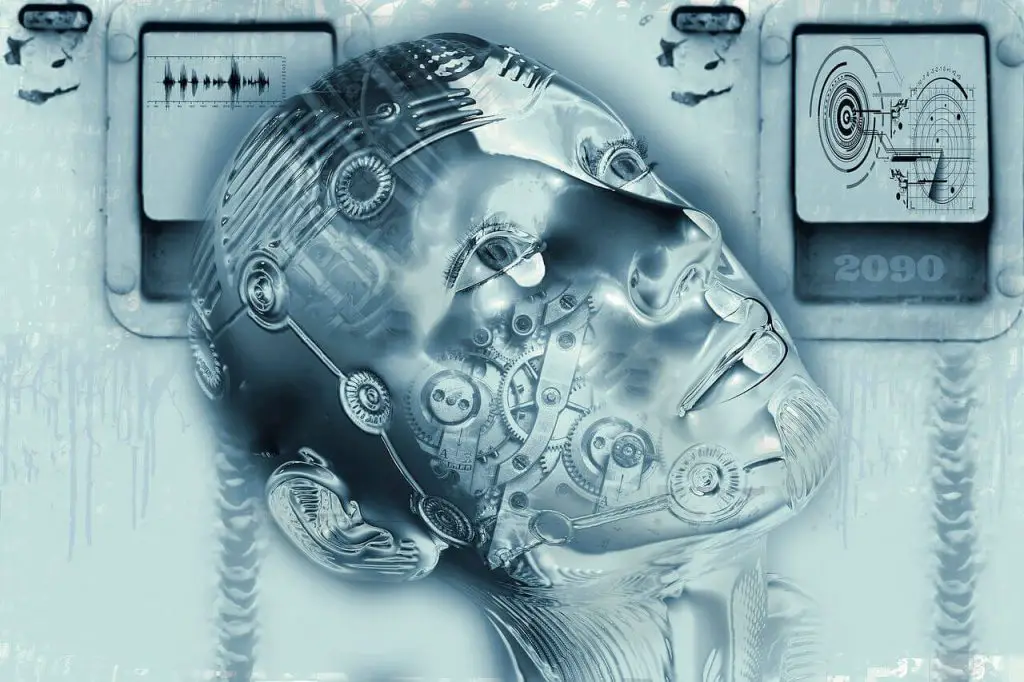
Taking a critical look at AI, at its foundation, it involves machines taking in data from their immediate environment or other data-producing sources, analyzing the data to recognize patterns and context behind the data, and learning from this contextual information to take decisions. Today, AI is being applied in almost every aspect of our lives to ensure we get the best available options from diverse services with minimal effort.
In the domestic setting, the selection criteria you find on Netflix or your home automation system which adjusts the lights, curtains, or other domestic features are AI integrated thus giving them the cognitive abilities to learn, solve problems, and make accurate choices for you. In the industrial sector or business community, AI is applied across diverse niches in different ways including:
- Healthcare – The healthcare industry currently applies AI to optimize the performance levels that can be gotten from prosthetics and other human aids.
- Transportation – AI and machine learning are solidly behind the autonomous driving revolution currently taking place in the transportation industry.
- Manufacturing – AI is an integral aspect of Industry 4.0 as machines are expected to solve complex problems to take accurate decisions in real-time.
In recent years, the moral aspect of imbibing intelligence into inanimate objects who may not yet be capable of feeling or having realistic emotions to make human decisions have been widely discussed. Many believe in the fictional ‘rising of the machines’ storyline which has been popularized by the movies. These fears may not be entirely out of place as some experts define AI as providing machines with complete autonomy and no one can accurately predict how that future will pan out.
Augmented Reality/Virtual Reality
The digital transformation of traditional processes starts intends to remove risk and simplify the evaluation of complex processes through the safety of virtual environments. Augmented reality (AR) is one such transformative technology with the capacity to disrupt conventional methods of doing things. The most popular example of AR in action still remains gaming and games such as Pokémon Go has led to a widespread understanding and acceptance of the capabilities of virtual reality.
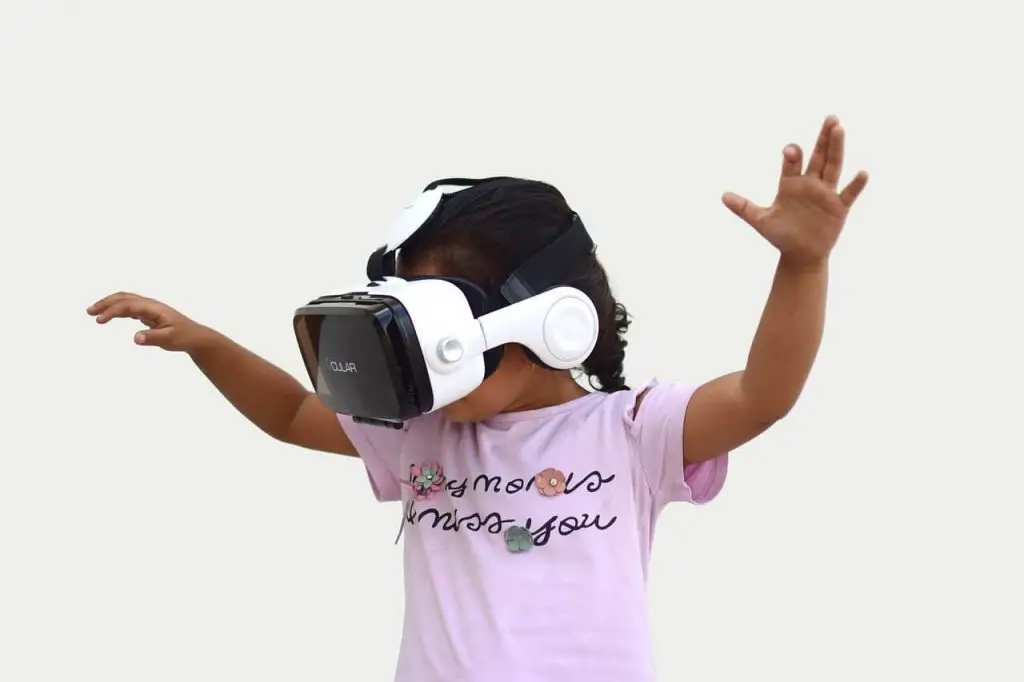
Outside gaming AR provides a lot more practical uses for enterprises interested in remaining competitive, generate revenues, and seeking new ways to solve old problems. In the industrial sector, AR is expected to leverage the digital transformation that comes with Industrie 4.0 to provide stakeholders with a means of testing and validating ideas before implementation. Examples are the deployment of AR as a training and maintenance tool. The data captured from physical environments are used to create virtual environments of the factory floor and its operations. Within the virtualized environment, operators can be trained in safe spaces where injuries from working equipment and complex processes are eliminated.
In terms of maintenance, VR provides the environment for analyzing equipment in remote areas thus cutting down on maintenance costs. Operators can easily show maintenance teams accurate visuals of the defective component for an accurate diagnosis to take place. Other Industries that stand to benefit from the visualized world AR provides include:
- Healthcare – AR provides healthcare providers with learning and teaching opportunities, as well as, the opportunity to consult remotely on specific cases.
- The Architecture, Engineering, and Construction (AEC) Industry – The AEC industry is known for collaboration between multiple parties such as third-party suppliers, constructors, project managers, and architects. AR provides a virtual environment for all parties to collaborate on projects.
Blockchain
In a digitized world, security, and decentralization are key features for the billions of connected networks and transactions to function properly. Security ensures digital transactions and data transfer occurs without cyber criminals hijacking the process. Decentralization reduces the number of transactions passing through specific systems which results in downtime and slower transactions. The Blockchain is an excellent answer to the challenges associated with the ongoing digital transformation occurring across the globe.
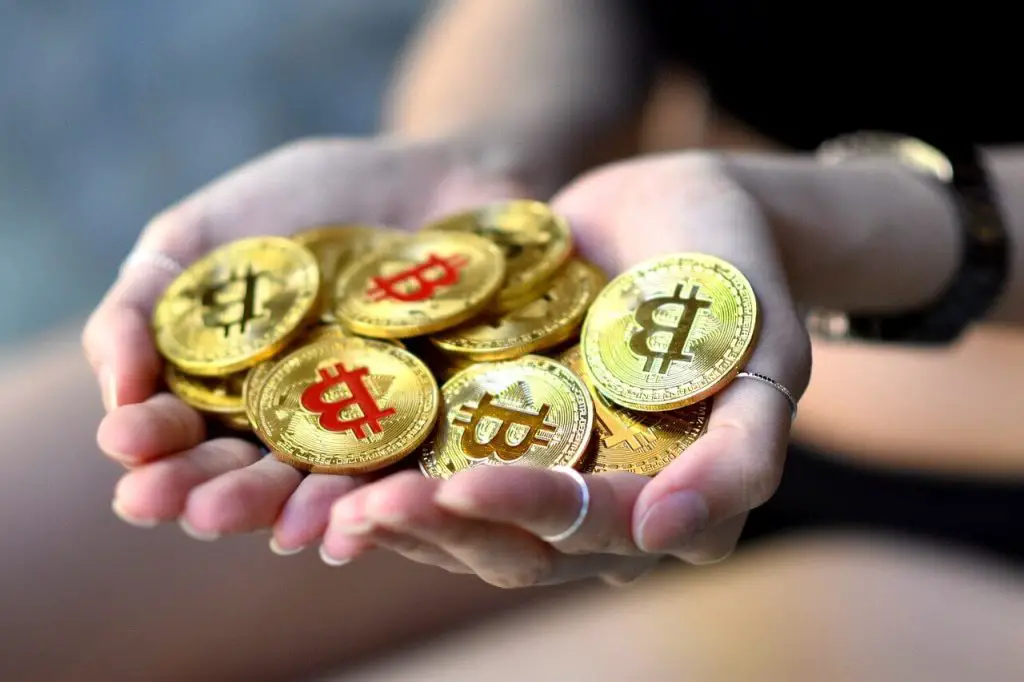
In the world of banking and finance world, the disruptive influence of Blockchains are already been felt as many people now take advantage of the security and relative anonymity cryptocurrency provides. The Blockchain has also reduced the weight of the billions of online transactions the banking industry has to process in real-time. This disruption also extends to the legal community where smart contracts are slowly replacing the need for long, drawn-out legal processes involved in signing deals and activating payments when specific milestones occur. With smart contracts, payment processing is automated once contract terms have been agreed upon and met.
Blockchain is also changing the structure of ownership from the traditional process where only the rich had access to purchase value. The ability to share ownership of new concepts and use that ownership as a legal tender for trade means anyone can be a part-owner of structures such as the 3D printing revolution or any asset-backed by a Blockchain.
Conclusion
Regardless of our projections, the future is still a blank slate where we project our expectations on. But, these four technologies are poised to play important roles in determining what can be achieved as more solutions are built on the foundation they provide. A notable mention includes the digital twin which is an exact replica of any physical process or facility and supports the transfer of data in real-time. The digital twin is expected to enable industrial automation and remote monitoring or decision-making processes.
Source link

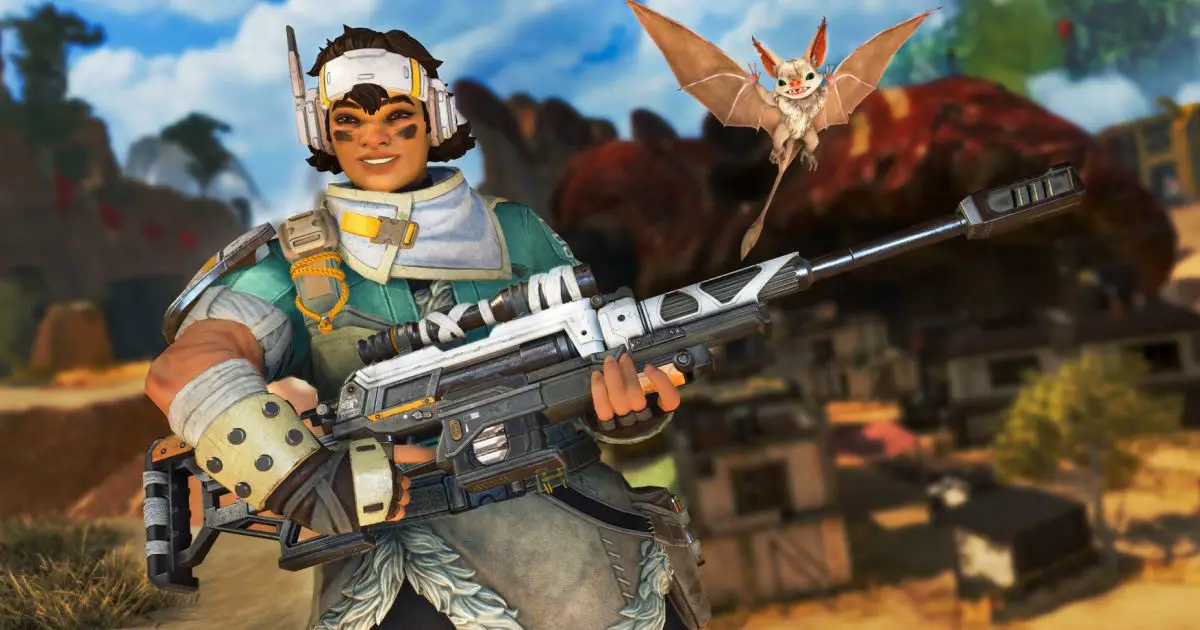

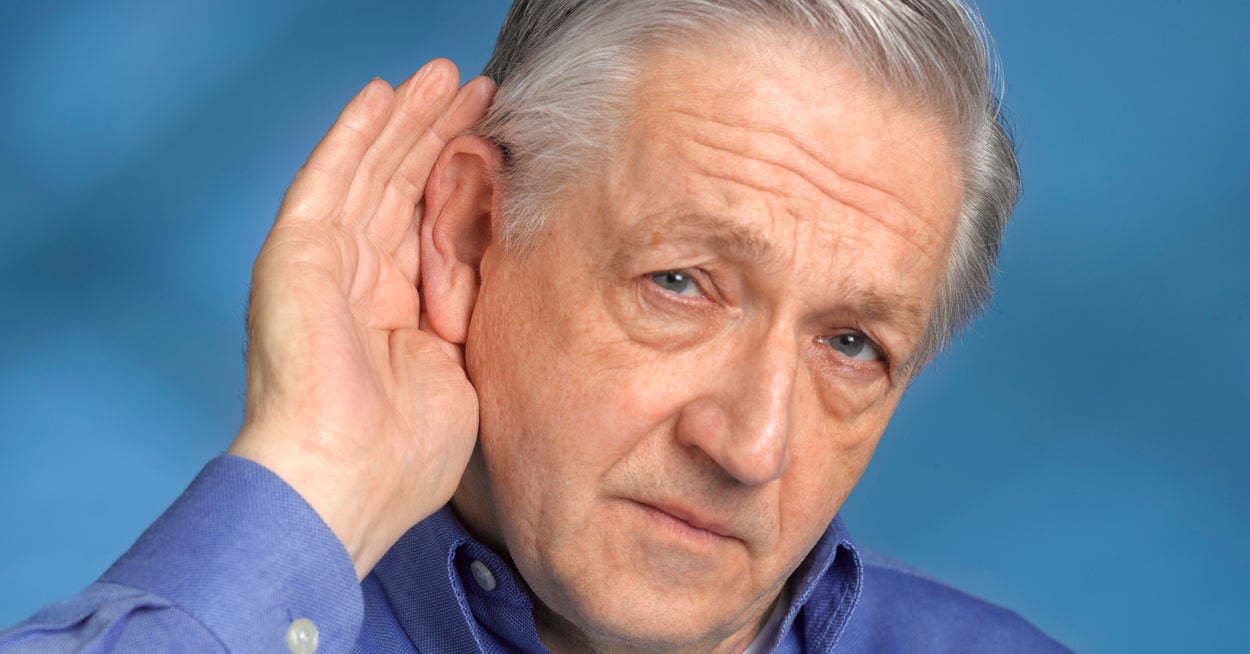






Leave a Reply